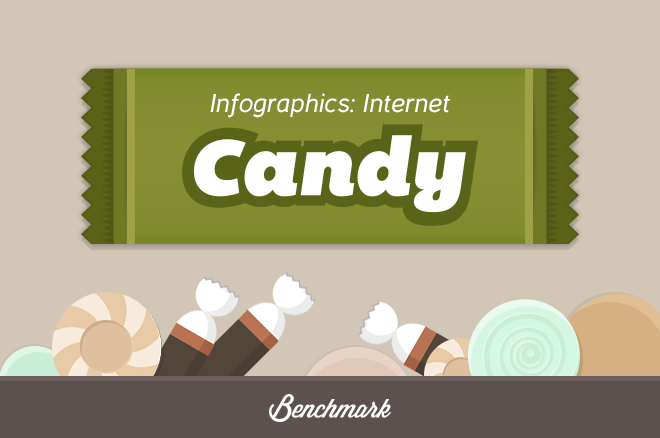
Clients ask me for data visualizations or infographics when they want a mixture of the two, which online newspapers call interactive graphics. Data visualizations are reader-driven, where the interface allows viewers to drill into the data to find stories using their insights. This can be very subjective, and each reader may interpret the data in several ways, resulting in viewers finding different stories or none at all.
Metaphorically, data visualizations are like holidays where readers go sightseeing in the data; just like when on holiday, you’re bound to discover hidden gems like local restaurants not in the guidebook. This is a plus point of data visualizations. They are good for people with time on their hands. Infographics are author-driven, usually annotating interesting parts of a dataset.
Returning to the holiday metaphor, infographics would be a guided tour of your destination. Journalists usually prefer to avoid producing infographics because they are factually driven, and most journalists want to be columnists with an emphasis on their opinions. What clients usually want: a mixture of reader and author driven content commonly achieved using a structuring approach known as the martini glass. It’s called a martini glass because the stages at which the reader is exposed to the data are reminiscent of the shape of a martini glass from bottom to top.
Beginning: The bottom base of a martini glass has a large circumference. The interactive graphic mimics this base by showing an overview of the data.
Middle: The martini glass has a narrow stem, the interactive graphic zooms in and shows author insights.
Finally, after the stem, the martini glass opens up into a cone-shaped bowl. The interactive graphic allows users to explore the dataset, turning the content from author-driven to reader-driven.
To do data visualizations, you need a coder with UX skills. It would be best to have an illustrator with graphic design skills and a journalist to do infographics. You’ll need all 3/5 types of professionals to produce an interactive graphic. If you’re doing the journalist’s job when looking for interesting points within data, try to address these questions: how/who/what/why/when.
The value infographics add is context. Maps give geographical context, diagrams give movement context (if arrows are used) and graphs give volume context. One technique to get context into data visualization is called “a slice of your life.” This is where the interface of the data visualization gives users the option of submitting some information which pinpoints them into the data visualization, to be able to do this you have to choose a dataset which is about data that everyone has e.g. peoples names.
Most data visualizations that have gone viral had one thing in common: they all used a dataset that everyone could relate to. Apart from datasets that contain personal attributes (e.g., nationality, age, weight, height, gender, etc.), the other great datasets to use are people’s hobbies and sporting interests. Most football fans consider themselves experts, with their acquired knowledge they’ll be able to gain insights from a football data visualization that none football fans would overlook.
Data visualizations are subjective, like art. Fine art stirs up emotions inside the viewer. When you leave an art gallery, you usually remember pieces that emotionally engage you. It’s the same with datasets. Examples of datasets that people connect with on an emotional level are death rates, poverty, etc.
In short, you stand a very slim chance of your work going viral if the foundation (the data) lacks enough human interest. Human interest is also important in the visuals you use. The best quick fix to improve your infographics is to add pictures of people. I see this done frequently with silhouettes, as they are easy to integrate into a color scheme, and there is a wide selection of free Illustrator files available on the web.






